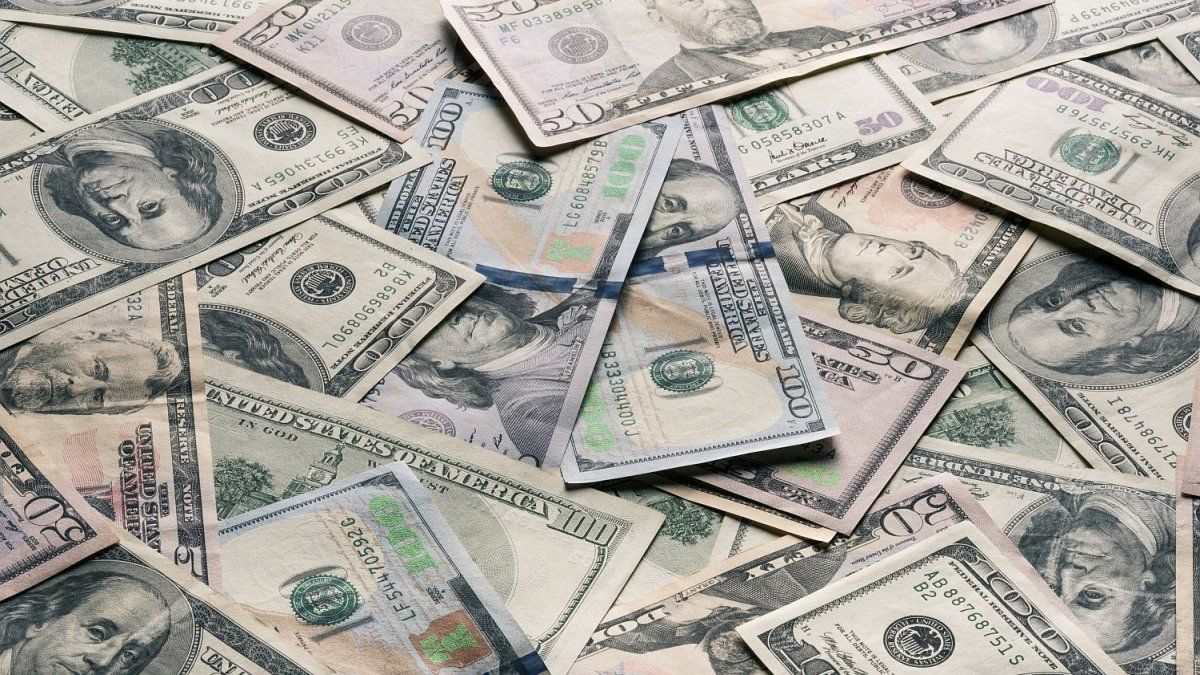Image: colourbox.com
With the easing of the measures, the consumption of alcohol and drugs in the population increased again. This emerged from the wastewater analysis by the Institute for Forensic Medicine at Med Uni Innsbruck (GMI) for the year 2022. Cannabis and cocaine continue to dominate among the prohibited drugs.
For eight regions examined, information on changes in consumer behavior could be determined in comparison with the results from 2019 to 2021, it said. “Compared to 2021, increases in the consumption of alcohol, cocaine, MDMA and methamphetamine were observed, which are partly due to the expiry of official measures to contain the Covid-19 pandemic,” emphasized Herbert Oberacher, head of the study from Innsbruck’s forensic medicine.
Cannabis as the dominant drug
A detailed analysis showed that the per capita consumption of alcohol and nicotine is relatively uniform within Austria. In the case of banned drugs, on the other hand, the picture is less homogeneous: According to the experts, cannabis was the dominant drug in almost all regions, with THC consumption being higher in urban areas than in rural areas.
However, among the stimulants, cocaine ranks first and represents the drug with the highest turnover. In western Austria and South Tyrol, which were included in the study, cocaine is consumed in larger quantities per capita than in eastern Austria. Incidentally, the highest per capita consumption of cocaine was in Kufstein, the second largest city in Tyrol. The highest per capita consumption of the active substances amphetamine (speed) and methamphetamine (crystal meth) was found in the federal capital Vienna and Wiener Neustadt. This “West-East distribution” of stimulants and synthetic drugs is not unique to Austria, but is reflected in Europe, it was emphasized.
In the European midfield
Overall, Austria continues to rank in the “European midfield”. “On average, a resident of one of the 17 regions examined drinks a glass of wine, smokes four cigarettes and consumes 0.07 joints and around one milligram of stimulant drugs a day,” Oberacher explained. Another result of the analysis was that not a single one of the regions monitored in Austria and South Tyrol is among the ten best-selling regions in Europe. For the annual study of the European network SCORE, in which the GMI is involved, a total of 110 cities and regions across Europe were examined, including 17 sewage treatment plants in Austria, including a South Tyrolean sewage treatment plant. The study allows conclusions to be drawn about the drug consumption of 3.5 million people in Austria and South Tyrol.
For the first time also data from Upper Austria
For a long time, Innsbruck was Austria’s only city to have carried out sewage drug monitoring, followed by Graz, Purgstall and Kapfenberg, among others, until 2022, when the federal capital Vienna finally took part in the score study for the first time. Data from Salzburg and Upper Austria were also included in the analysis for the first time. “The samples, which were taken daily over a period of one week, show that Vienna is in the lower midfield compared to other major European cities for all five substances examined. The wastewater study in much higher values in many comparable cities,” emphasized the coordinator for psychiatry, addiction and drug issues for the City of Vienna, Ewald Lochner, in a broadcast.
With cocaine, Vienna was well behind cities such as Brussels, Zurich, Barcelona and also below the values for Prague or Berlin, according to the psychosocial services in Vienna. In terms of THC, Vienna had higher concentrations than those found in Kraków or Milan, but in some cases significantly lower than in Zagreb, Lisbon or Amsterdam. The values measured for amphetamine were significantly higher in Brussels, Berlin, Prague and Zurich, while the values in Barcelona were below those in Vienna.
Source: Nachrichten




